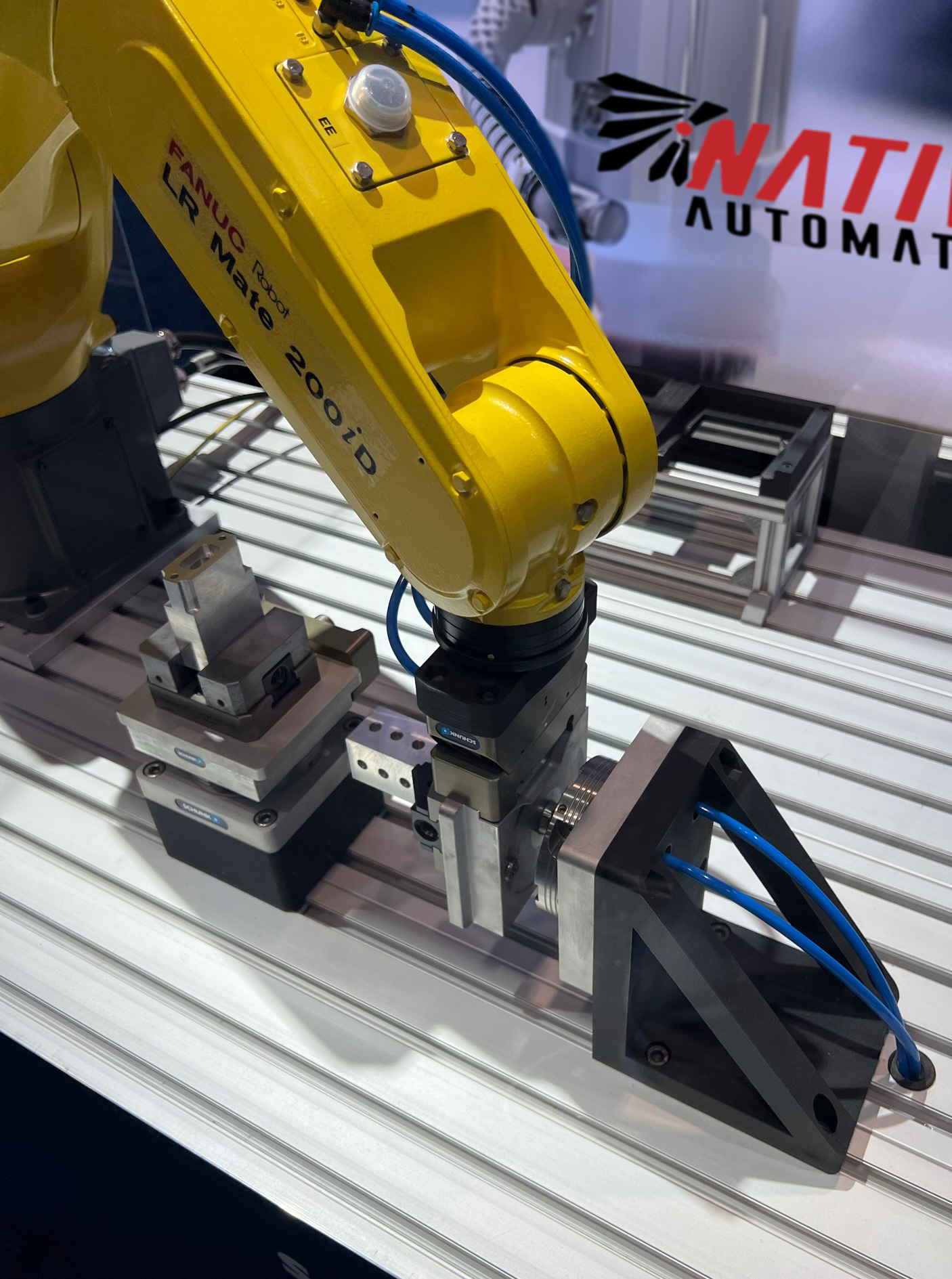Anodizing is a crucial process used to enhance the surface properties of aluminum and other non-ferrous metals, providing increased corrosion resistance, improved aesthetics, and greater durability. Here are the key applications of anodizing:
1. Automotive Industry
- Body Panels: Anodizing is applied to aluminum body panels and trim components to provide a durable and corrosion-resistant finish, enhancing both appearance and longevity.
- Engine Components: Anodized aluminum is used for parts such as cylinder heads, intake manifolds, and heat exchangers, benefiting from improved heat dissipation and resistance to wear.
- Interior and Exterior Trim: Anodized finishes on interior and exterior trim parts offer a stylish, scratch-resistant, and long-lasting appearance.
2. Aerospace Industry
- Aircraft Structures: Critical structural components such as fuselage sections, wings, and landing gear parts are anodized to prevent corrosion and reduce maintenance requirements.
- Cabin Interiors: Anodized aluminum is used extensively in cabin interiors for seat frames, overhead bins, and galley equipment, providing a durable and aesthetically pleasing finish.
- Electrical and Electronic Housings: Anodizing offers excellent insulation properties and is used for housings and enclosures for various electronic components.
3. Architectural Applications
- Building Facades: Anodized aluminum panels are used in building facades, providing a modern and durable finish that resists weathering and corrosion.
- Window Frames: Window frames and curtain wall systems benefit from anodizing, ensuring long-term durability and minimal maintenance.
- Interior Design Elements: Anodized aluminum is used in a variety of interior design applications, including railings, partitions, and decorative panels, offering an attractive and durable finish.
4. Consumer Electronics
- Smartphone and Tablet Housings: Anodizing provides a sleek, scratch-resistant finish for the aluminum housings of smartphones, tablets, and laptops, enhancing both durability and aesthetics.
- Audio Equipment: High-end audio equipment such as headphones, amplifiers, and speakers utilize anodized aluminum for its superior finish and durability.
- Wearable Devices: Anodized aluminum is used in wearable devices like smartwatches and fitness trackers for its lightweight and durable properties.
5. Marine Industry
- Boat Hulls: Anodizing protects aluminum boat hulls and marine structures from the harsh marine environment, preventing corrosion and extending service life.
- Marine Hardware: Components such as cleats, rails, and fixtures are anodized to resist saltwater corrosion and maintain a polished appearance.
- Deck Equipment: Anodized aluminum is used for various deck equipment and fittings, ensuring durability and resistance to the elements.
6. Industrial Applications
- Heat Sinks: Anodizing is used on aluminum heat sinks to improve thermal dissipation and protect against corrosion in electronic and industrial applications.
- Machinery Components: Anodized aluminum components in machinery and equipment benefit from increased wear resistance and reduced maintenance.
- Containers and Storage: Anodized aluminum containers and storage units are used in chemical and food processing industries for their corrosion resistance and ease of cleaning.
7. Sports and Recreation
- Bicycle Frames: Anodized aluminum bicycle frames are lightweight, durable, and resistant to corrosion, making them ideal for high-performance and recreational bikes.
- Camping Gear: Anodized cookware, poles, and accessories used in camping and outdoor activities benefit from the process's durability and corrosion resistance.
- Sporting Equipment: Anodized aluminum is used in various sporting goods, including golf clubs, hockey sticks, and fishing gear, providing a durable and attractive finish.
Anodizing is a versatile and essential process that enhances the performance and longevity of aluminum components across a wide range of industries. Its benefits of corrosion resistance, improved aesthetics, and increased durability make it a preferred choice for many applications.



